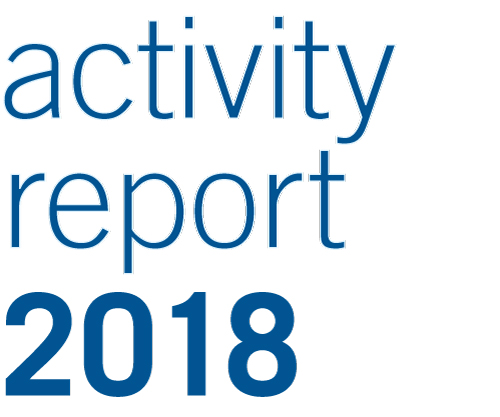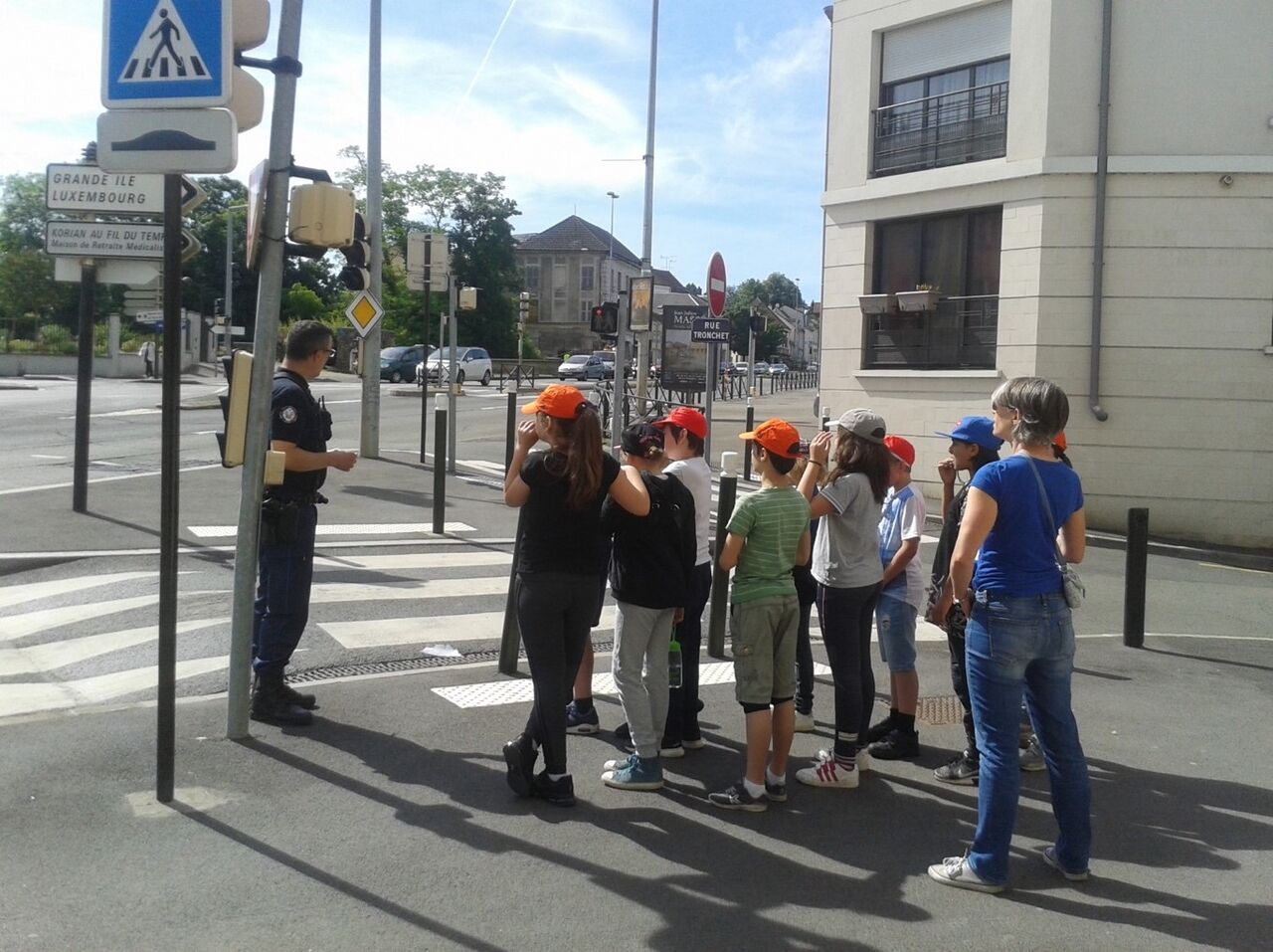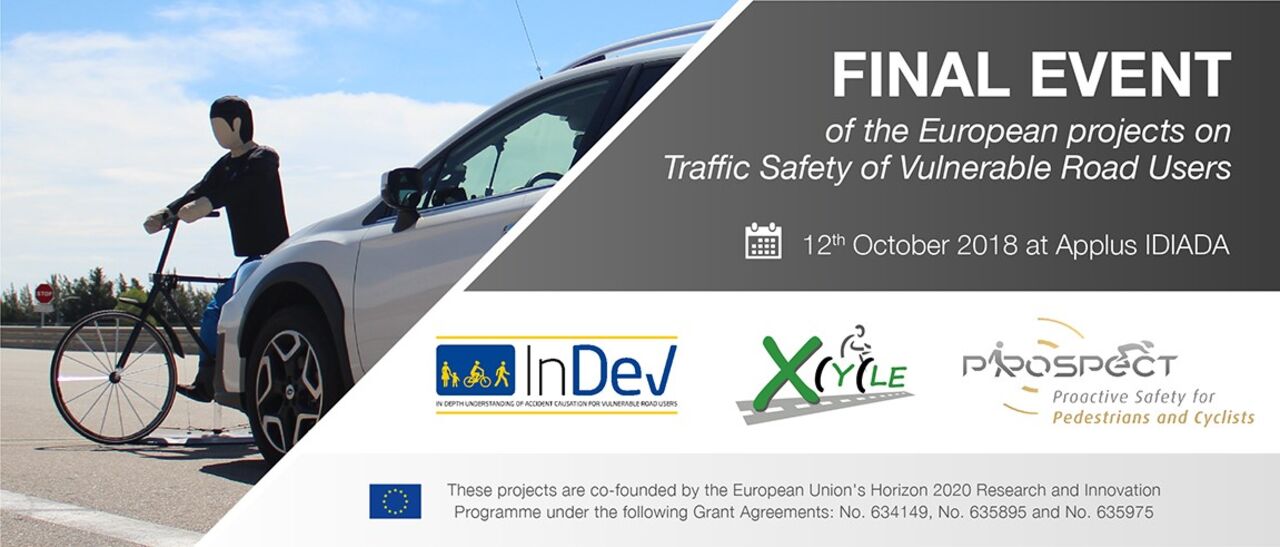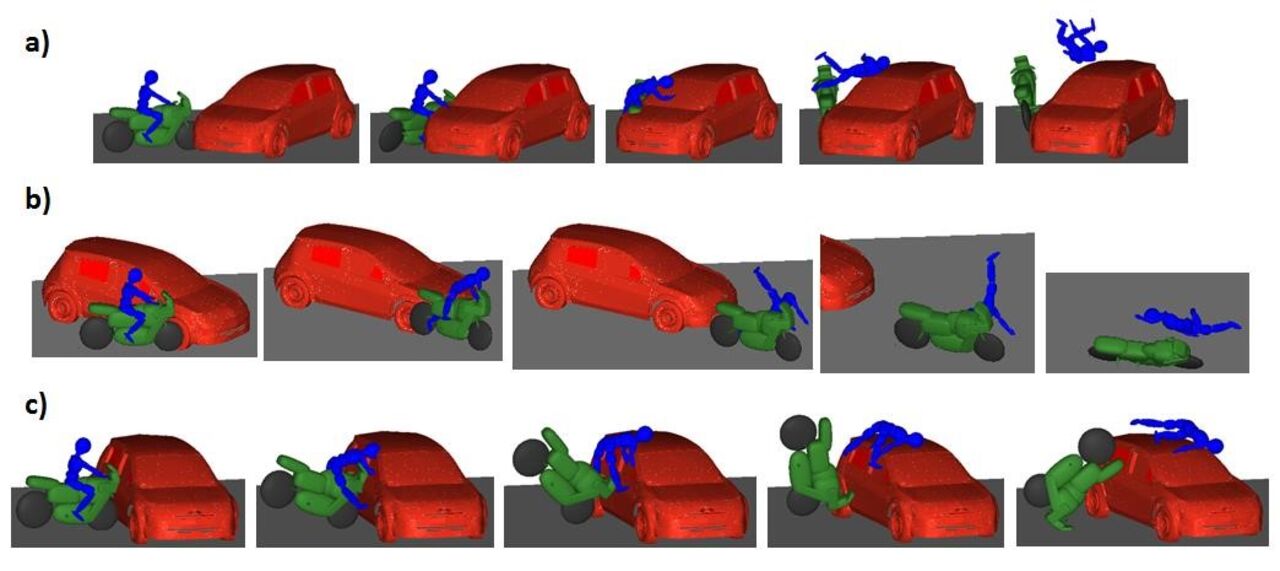Safety of vulnerable users
Pedestrians, whether children or adults, cyclists and the users of motorised two-wheelers are among the most vulnerable road users because they are poorly protected in the event of a collision. Their mortality remains high and they account for a rising proportion of fatalities due to the increase in the use of active modes in urban areas. In 2018, IFSTTAR carried out several projects that address this issue in order to identify ways of making road risk awareness campaigns more effective - from school onwards - and also better understanding how accidents come about. More effective detection devices can improve the protection of pedestrians and cyclists. The behaviour of two-wheeler users, particularly on bends, has been studied in order to identify both the problems posed by the road itself and the inappropriate behaviour of certain users.
QASPER: Quality of the Primary School Road Education Certificate
The QASPER project set out to evaluate the initial road education provided at primary school. It benefited from a grant from the Road Safety Commission (Délégation à la Sécurité Routière) in partnership with the Directorate of School Education (DGESCO). The objectives were, initially, to provide an overview of the educational activities conducted with schoolchildren, then, secondly, to assess the impact of these activities on them, the value and effectiveness of road safety education, the relationship between the individual, socio-affective and environmental characteristics of schoolchildren and their risky behaviours, and finally to provide guidelines for increasing and improving road safety education. To achieve these objectives, several studies were conducted between 2016 and 2018. Interviews, monitoring and questionnaire surveys were conducted targeting teachers, parents and children. For example, 68% of the 2,272 primary school teachers surveyed reported that they did actually provide an average of 8 hours road safety related teaching per year. The project resulted in recommendations for improving road safety education in schools. These included developing actions focusing on child passengers, involving parents more closely in prevention measures, and promoting positive behaviour.
Persons involved: Bérengère Rubio, Julien Cestac, Jean-Pascal Assailly & Jean-Marie Burkhardt
PROSPECT (H2020): Detecting vulnerable road users
The sharing of the road environment between vulnerable users and vehicles generates specific potential accident situations due to the difficulties drivers encounter in detecting them. The purpose of the PROSPECT project is to improve the effectiveness of active safety systems that detect pedestrians and cyclists and prevent this type of accident (considering a wider range of scenarios, earlier detection, proactive analysis and faster activation).
Video footage of traffic was taken by LESCOT. Conflict situations were extracted using algorithms developed by LEOST (based on analysis of 1,080 hours of footage). This work, intended for system developers, has made it possible to compile an exhaustive collection of coded conflicts (context, trajectory and kinematics).
Several assistance strategies have been developed by the project's industrial partners (Daimler, Bosch, Conti), providing functions that range from the display of a warning to vehicle control (automatic braking or emergency avoidance). When such systems are used, it is crucial that they are well accepted by drivers. The results of the tests conducted by LESCOT show that systems have a high probability of acceptance of PROSPECT systems: drivers were particularly positive about the warning function. They also indicated their willingness to equip their vehicles with braking and avoidance functions, even if a slightly lower acceptance rate was obtained for avoidance.
Sécu2RM: Causes and physical consequences of motorised two-wheeler accidents
The Sécu2RM project, supported to the tune of €650k by the Road Safety Foundation, involved three laboratories from TS2 (UMRESTTE, LBA and LBMC) and a laboratory from the University of Strasbourg and Ceesar (Centre Européen d’Etudes de Sécurité et d’Analyse des Risques). Two disciplinary approaches, epidemiological and biomechanical, were applied simultaneously to better understand the issues surrounding M2W accidents. Estimates of injury levels were based on the Rhône Registry, a dedicated survey and clinical data collection in departments providing care for life-threatening emergencies in Lyon and Marseille in 2016.
The results reveal the issues related to the attention that motorists pay to motorized two-wheelers (M2Ws), their detectability, as well as the awareness among M2W drivers of the problems they can pose. Improving the state of pavements or providing appropriate signage is also an important way of reducing the number of M2W loss of control incidents. In terms of protection, the effectiveness of clothing designed for M2W users in order to limit the occurrence of frequent injuries such as lacerations and wounds, and that of full-face helmets to prevent certain facial injuries have been proven. When the analysis of clinical data is superimposed on biomechanical analysis, the results highlight the design and evaluation issues that make it possible to improve the regulatory framework for protective devices: improvements in the standard for helmets, a normative framework for the development of protective airbags for the chest and spine.




